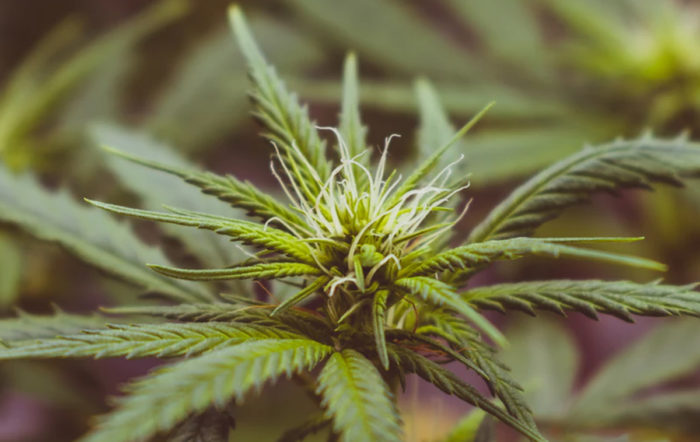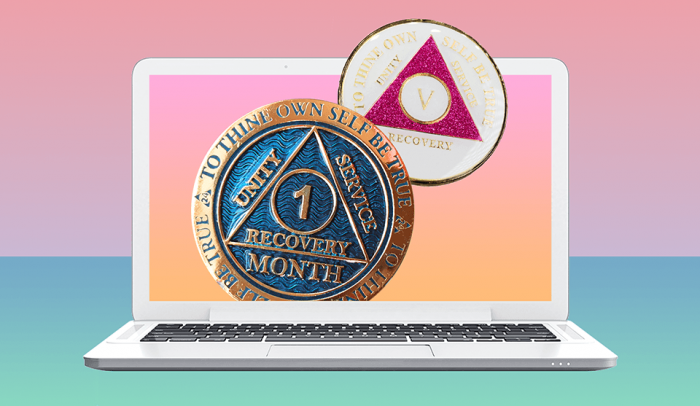Cannabis has a mythic reputation in the creative community.
Everyone from Jimi Hendrix to Ted Turner has credited their imaginative success (or at least some of it) to cannabis. Steve Jobs once said that cannabis and hashish made him feel “relaxed and creative” when he used them in the ’70s. And now that over 40 percent of Americans live in a state where cannabis is legal, many more people might be interested in exploring its relationship to their work. But does pot really enhance our creativity? Or does it just get us high enough to convince ourselves that the work we’re doing is good?
Well, it’s complicated. While it’s impossible to imagine a scenario in which Hendrix becomes Hendrix without smoking pot, cannabis affects each person differently. One person might find that it helps them break through writer’s block or devise a creative approach for a marketing campaign, while someone else might discover that cannabis dulls their thinking, clouds their judgment, or inhibits their motivation. Ultimately, finding strains and situations that are most complimentary is an individual process, but now that the drug has lost its stigma and much of its legal risk factor, it may be one worth exploring as a tool for creativity. It doesn’t work for everyone, but it might just work for you.
The stereotypes of cannabis users—both as couch-bound stoners or as free-thinking innovators—are both fairly outdated. So let’s get past the narrow cultural associations and figure out what, if any, are the strains that are most likely to spark, rather than inhibit, your productivity.
The science of cannabis & creativity
Although there are many ways to measure “creativity,” one way that scientists quantify it is the number of different solutions to a problem that a person can come up with, also known as “divergent thinking.”
Of course, testing divergent thinking isn’t easy. Clinical psychologist Gráinne Schafer is a leading researcher on the topic, and even she feels that the relationship between cannabis and creativity isn’t sufficiently understood by scientists. Her team does note that cannabis produces effects that can help a person connect seemingly unrelated concepts together, and that might help some people in their creative pursuits.
To test the relationship between pot and creativity, Schafer’s gathered a group of test subjects and categorized them into two groups: those with “low creativity” and those with “high creativity.” Both were tested on their verbal fluency—a measure of how many words the participant could retrieve from their memory—in a sober state and then again under the influence of cannabis.
After a week of cannabis use, the “low creativity” group found their verbal fluency scores, which were generally lower in the baseline measurement, rose to the level of the “high creativity” group. Meanwhile, the “high creativity” group saw no increase in its performance under the influence of cannabis.
Dr. Schafer’s research appears to show that individuals who don’t consider themselves very creative in the first place benefit pretty dramatically from the drug. It loosened them up and unlocked some ideas that they might not have considered in a sober state. But for those who already thought they were pretty creative people, cannabis didn’t level them up into genius territory—although it didn’t detract from their creativity levels, either.
Of course, this isn’t a blanket endorsement of cannabis use in the workplace. But Schafer’s point raises the question: is there a safe, reliable way for people struggling with creativity to benefit from legal substances like cannabis?
Desperately seeking the “Kush” for Creatives
A number of companies and entrepreneurs are devoted to making cannabis available for the modern creative. Tara Wells, the co-founder of California-based cannabis delivery service Ganja Goddess, began using cannabis to enhance her creative energy. She was a producer and writer in the TV business, winning a Primetime Emmy for producing The Amazing Race, and her creative efforts under the influence of cannabis really excited her.
“Cannabis allowed me to open my mind and heart to different ideas, get in the flow of writing, and boost my overall creativity,” Wells said.
Another company called Kin Slips creates sublingual cannabis strips—a little flavored strip that contains cannabinoids and dissolves when placed under the tongue. The cannabis from the strip is absorbed directly into the bloodstream by membranes in the mouth—unlike an edible, which is eaten, distorted by stomach acid, and absorbed by the liver. The sublingual method of consumption leads to an experience that is fast-acting, predictable, and discreet.
The company’s founder, Josh Kirby, thinks that the strips are more reliable for creative individuals. The company specifically markets to them, in fact—one of its blends, called the “Cloud Buster,” is made up of uplifting cannabinoids and terpenes that are designed to enhance creativity and focus.
“Using cannabis in a creative endeavor is all about reliability,” Kirby said. “Your creative ‘zone’ is a specific place, and creative productivity can really accelerate when you’re in it. The trick is to figure out how to get into the zone every time without overshooting.”
The best strains for productive people
It’s well known in the professional world that low-grade THC products are effective enough to get the brain going—anything more intense would be counterproductive. Yet there are a few different types of THC, and they produce different effects.
Delta-9 THC is the psychoactive component most well known to produce the stereotypical effects of getting high. It can have powerful effects—if you overshoot your “zone,” you can skip right over the pleasant feelings and experience adverse reactions, like anxiety or hallucinations.
But Delta-9’s cousin, Delta-8 THC, is known as “cannabis lite”—it has half the strength of Delta-9. It can still get you high, but it’ll be a lighter, less intense high than Delta-9 THC might induce. Plus, Delta-8 is federally legal. It can be made from hemp, a variety of the cannabis plant with less than 0.3% THC. Thanks to the 2018 farm bill, anything that naturally derives from hemp is legal for adults across the United States. So for a first-time user just looking to get their feet wet, Delta-8 products might be the best place to start.
However, for a creative interested in Delta-9 products, it’s important to consider how the specific strain can impact your creativity. Sativa strains, typically associated with uplifting one’s mood, are more appropriate for professional use than Indica strains, which are more commonly associated with sleepiness.
For creative individuals looking for more “brain blast” or “eureka” moments, Wells recommends a few specific Sativa strains with Delta-9 THC: Quest, by Source Cannabis; Pineapple Acai, by Paradiso; and Wakando OG, by Pure Beauty. All three, Wells said, relax the mind and provide a “buzzy brain” lift. But whichever strain or product you pick, the most important thing is to not overdo it.
It’s up to the individual
While some view cannabis as a creative juicer—actor and filmmaker Seth Rogen likes to smoke while he writes—others see it as a killer. Lewis Nelson, chair of the department of emergency medicine at Rutgers New Jersey Medical School, says that when a person ingests a high dosage of cannabis, they can quickly become sleepy instead of stimulated. That’s a familiar feeling to anyone who’s dozed off with their hand in a bag of cheese puffs in the first half hour of The Big Lebowski. Of course, this is the exact opposite experience that creative professionals are seeking. There’s a time, a place, and an amount of cannabis that makes most sense for professional creative use.
So, if you’re considering lighting up before an all-night creative marathon, cannabis likely doesn’t make sense. But ultimately, cannabis impacts each person differently, and while some may find it’s more of a hindrance than an aid, for others, it’s a tool to awaken their creativity and generate ideas that otherwise might not have existed.
Seth King is a writer and editor based in Boston.



